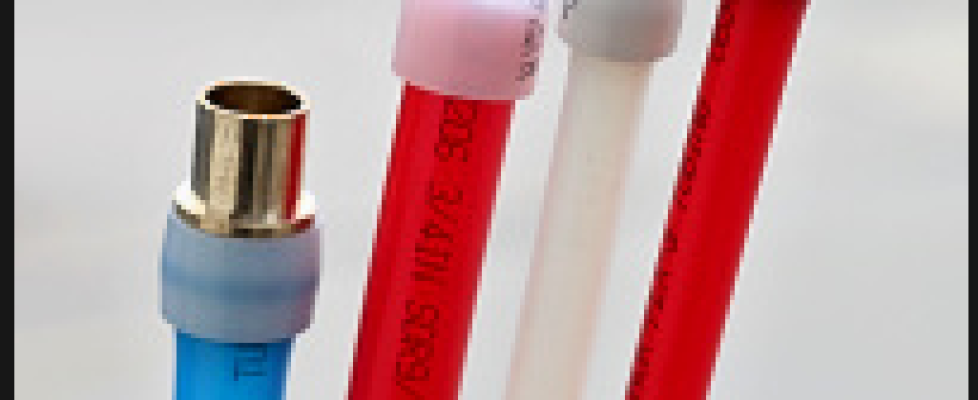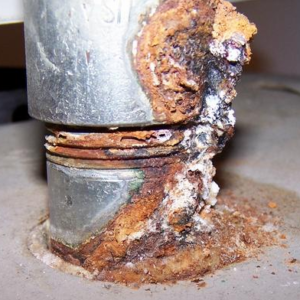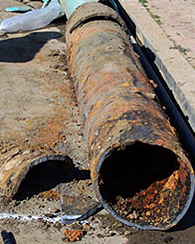Repiping with PEX to Prevent Corrosion of Aggressive Water
Aggressive water is one of the major problem most home owner’s face. This is mainly due to gas content, high mineral, or high alkalinity in the water. Presence of these elements causes premature corrosion of galvanized and copper piping. Water with high carbon iv oxide or low pH levels, mostly referred as aggressive water that prematurely wear out copper piping. Also, thermal-galvanic corrosion is usually caused by several factors, usually harms hot water first.
Two Main Types of Corrosion Due to Aggressive Water
There are 2 main types of corrosion that is related to aggressive water: thermal-galvanic corrosion, which first affects hot water pipes, and pitting corrosion that affects an entire system. According to statistics conducted in different states shows that pitting accounts to more than 75 percent of all repipes most companies does, with the remaining 25 percent stemming from thermal-galvanic corrosion. Research also shows that depending on the problem severity, new copper supply pipes fail within 1-10 years. In some scenarios, the whole developments plagued by aggressive/corrosive water have had their piping system failing.
If there is pitting in your system, then the entire system must be repiped. On the other hand, thermal-galvanic corrosion, might just require repiping of the hot water supply lines. It is advisable to use a plastic piping since plastic is not affected by aggressive water. It will not also doom homeowners to additional future whole-house repiping.
In different parts of the states, state code does not allow anything but copper pipes to be used for residential potable water distribution. Although most water travels through PVC right up to house service entrances. Luckily, though, some states are beginning to allow for PEX or CPVC piping in new construction, based on local conditions. And most jurisdictions will allow a home to be repiped with CPVC or PEX instead of copper. This is possible if one will be able to prove the presence of aggressive water.



